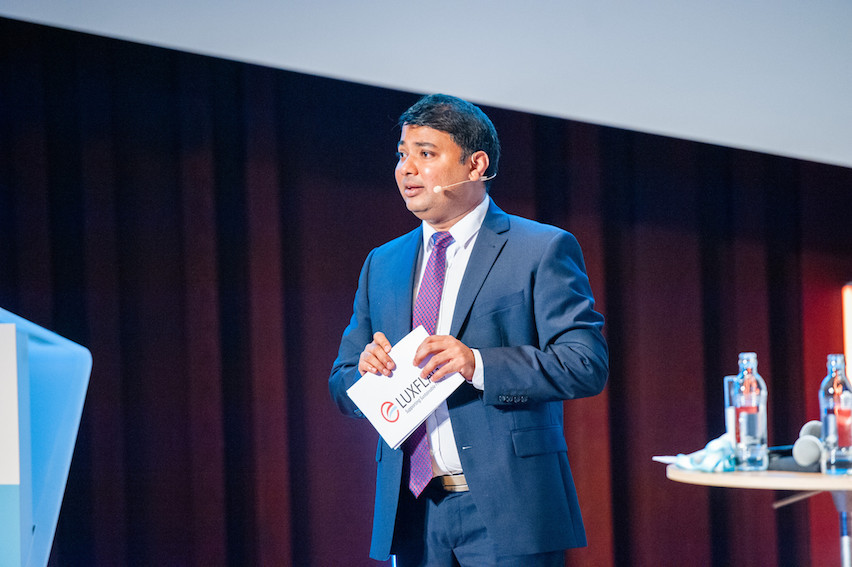In 2020, Luxflag labelled 322 investment vehicles. Over the course of the year, the number of funds checked by Luxflag grew by 76%, with assets under management up by 58%. Altogether, 96 fund managers and promoters have chosen to have their funds labelled. They originate from 17 countries and have based their products in 10 jurisdictions--Luxembourg, Belgium, Denmark, Finland, France, Germany, Ireland, Italy, the Netherlands and Spain.
This reinforced the idea that 2020 was the year of sustainable finance, and Sachin Vankalas, Luxflag’s managing director, hopes that 2021 will be too. The figures seem to prove him right for the first quarter of 2021: 27 new funds received Luxflag approval, bringing the total of labelled funds to 347 (+77% over the previous year) with €150.48bn in assets under management.
Vankalas credits the boom in activity, in part, to the covid-19 pandemic and lingering sustainability concerns among investors, regulators and policymakers.
Vankalas stated:
“In the investment fund industry, this growth has been fuelled in part by the launch of new funds, as well as the fact that existing funds incorporate ESG factors into investment processes and prospectuses. The past three years have seen a steady increase in sustainable fund assets around the world. Europe leads with almost 80% of the global universe of sustainable funds due to its long history of responsible investment and its favourable regulatory environment. According to Morningstar, with 3,196 sustainable funds currently available and many more that now officially take ESG factors into account on a non-binding basis to better manage risk and improve returns, Europe is by far the most developed and most diversified market for ESG investing.”
While the private individual could get lost in the different labels--Luxflag assigns 6 different types: ESG, microfinance, green bonds, environment and climate finance--Vankalas believes that sustainable investments could ultimately be classified into two categories.
He said during an interview:
“Firstly, investments that contribute with a positive social or environmental impact, such as investing in a company operating in the fields of health, education or sustainable forestry. These investments are aimed at solutions to overcome a social or environmental challenge and are called impact investments.
“Then the other category is ESG investing, in which an investment fund does not necessarily invest in a company aimed at solving a social or environmental challenge, but takes into consideration the progress made and the efforts made by the company to not cause harm, but also over time, to contribute in a positive way. These funds systematically take into account the ESG risks and opportunities of the company in which they intend to invest. Now, not all funds invest in green companies, but all green companies generally have a good ESG profile.”
The Luxflag leader sees 2021 as the year of ESG or sustainable investing. “It is already true that no reasonably sized asset manager or investment fund can simply ignore ESG [and] this phenomenon will become even more prominent.”
According to Vankalas:
“EU legislative initiatives aim to reorient capital flows towards sustainable finance and to promote long-term [perspective] and transparency. Now we understand that sustainable finance is not just another kind of investing. It’s a complete change of mind. This means that financial market participants should be aware of their own positions and contributions in developing a sustainable future through their investments. This would lead to more investment opportunities in ESG, but also to those identified under the Sustainable Development Goals and pave the way for new investment strategies and products.”
That is a key point, as a good proportion of the industry will aim to integrate ESG factors into investment decisions, the quality and quantity of ESG data will become more important and continue to improve. And he hopes the industry will continue to push for harmonised standards and definitions.
